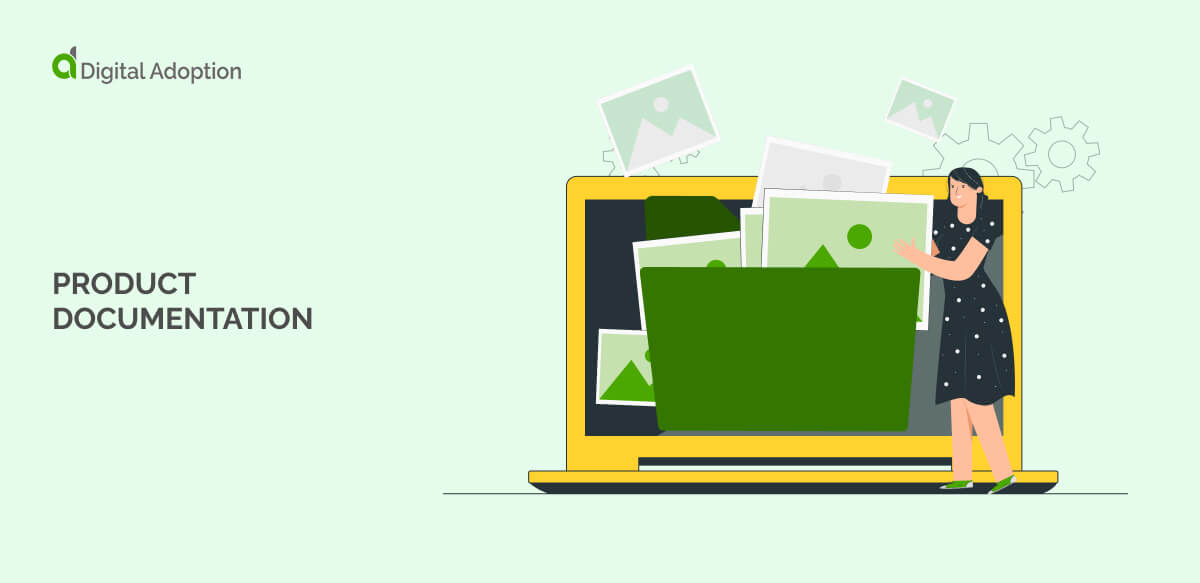What is product documentation?
Product documentation is a set of written materials that explain how a product works and how to use it. It helps everyone understand the product better.
These resources include manuals, guides, FAQs, and technical details – all examples of technical writing that require clear, structured communication.
There are different types of product documentation. User documentation helps customers learn how to use the product. Technical guides help IT teams do their work. They give developers and engineers the details they need.
Good product documentation is clear, well-organized, and updated when the product changes. It helps users fix problems, learn new features, and get the most out of the product.

